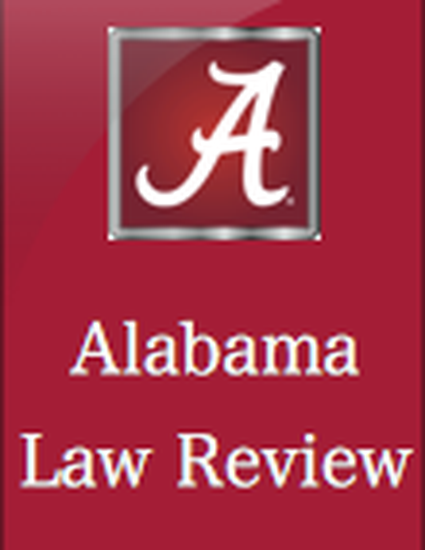
From IBM Watson's success in Jeopardy! to Google DeepMind's victories in Go, the past decade has seen artificial intelligence advancing in leaps and bounds. Such advances have captured the attention of not only computer experts and academic commentators but also policymakers, the mass media and the public at large. In recent years, legal scholars have also actively explored how artificial intelligence will impact the law. Such exploration has resulted in a fast-growing body of scholarship.
One area that has not received sufficient policy and scholarly attention concerns the law-machine interface in a hybrid environment in which both humans and intelligent machines will make legal decisions at the same time. To fill this void, the present article utilizes the case study of fair use automation to explore how legal standards can be automated and what this specific case study can teach us about the law-machine interface. Although this article utilizes an example generated from a specialized area of the law—namely, copyright or intellectual property law—its insights will apply to other situations involving the interplay of artificial intelligence and the law.
The article begins by outlining the case study of fair use automation and examining three dominant arguments against such automation. Taking seriously the benefits provided by artificial intelligence, machine learning and big data analytics, this article then identifies three distinct pathways for legal automation: translation, approximation and self-determination. The second half of the article turns to key questions concerning the law-machine interface, the understanding of which will be important when automated systems are being designed to implement legal standards. Specifically, these questions focus on the allocation of decision-making power, the hierarchy of decisions and the legal effects of machine-made decisions. The article concludes by highlighting the wide-ranging ramifications of artificial intelligence for the law, the legislature, the bench, the bar and academe.
Available at: http://works.bepress.com/peter_yu/319/
